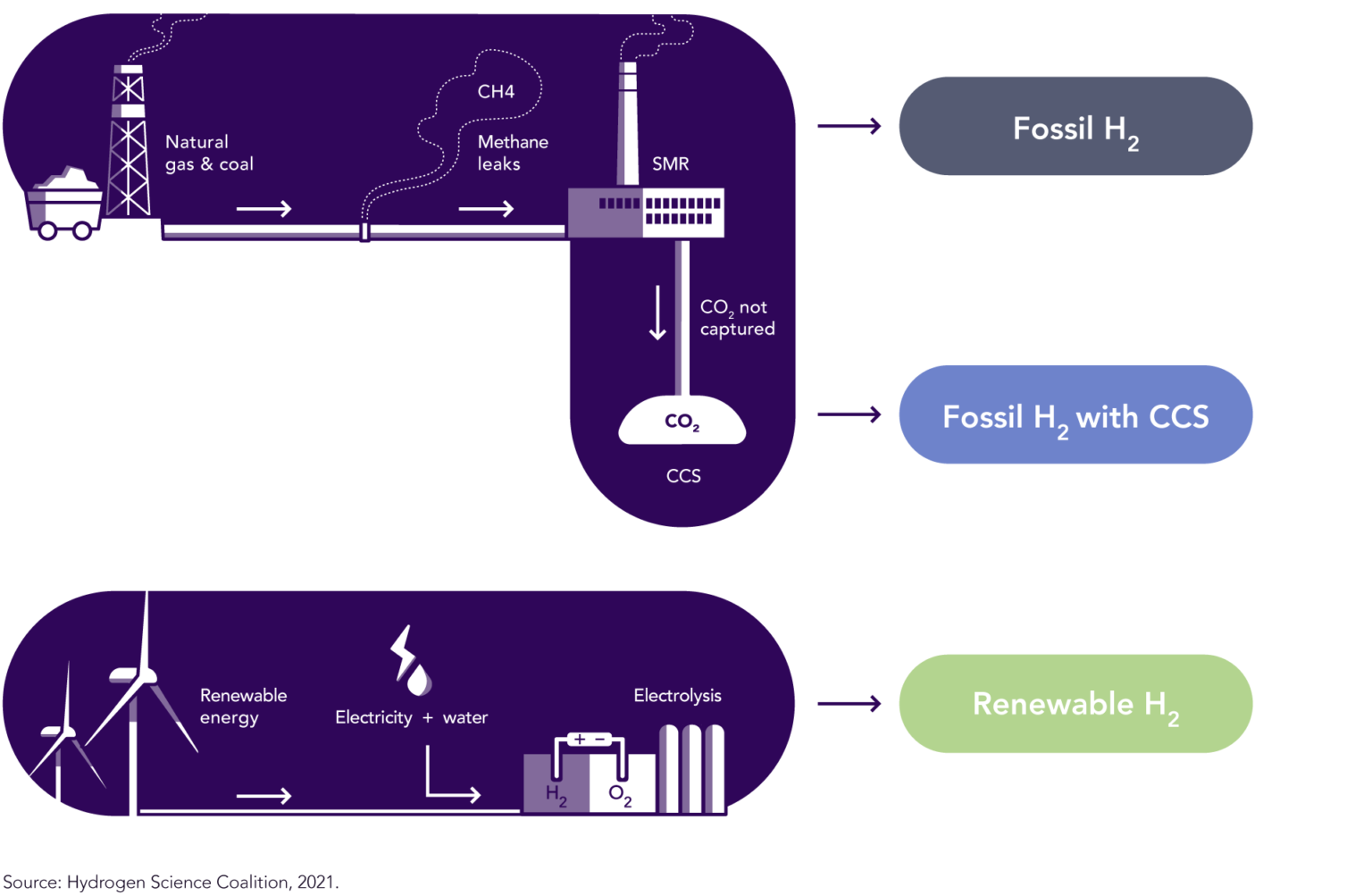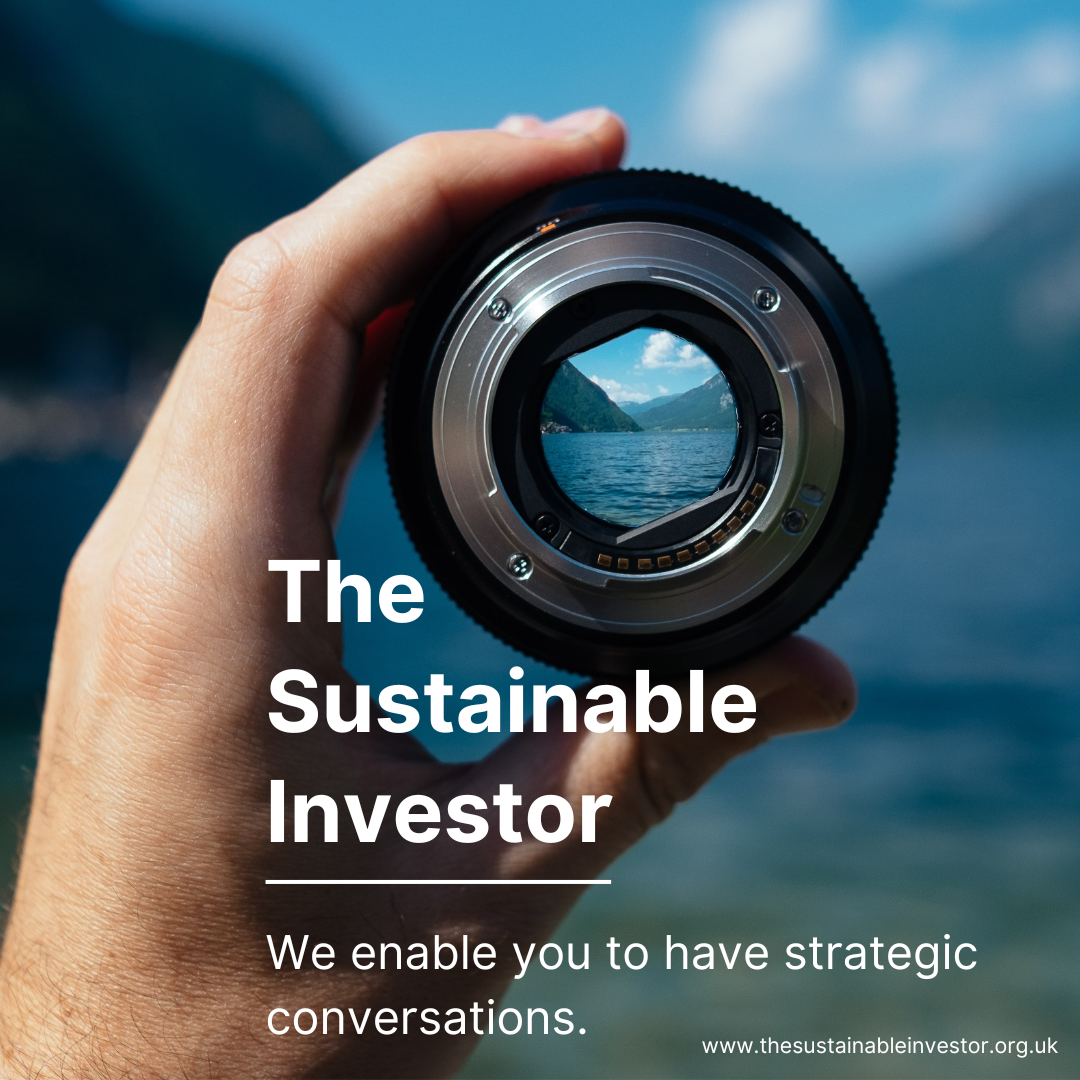
Language, Timothy!
Our choice of language can have important implications for how we think, react and problem solve. This crosses all disciplines from science, sociology, law, and pointedly, sustainability.
Summary: Language is an important tool in driving the transitions and arriving at appropriate solutions. How we frame questions is important - we look at examples including the 'hydrogen economy', diversity and inclusion, the built environment and ESG.
Why this is important: Incorrect framing of a sustainability question may lead to a suboptimal solution either in totality or for individual regions - for example, a solution being appropriate in the UK, but not in Nigeria.
The big theme: In order to transition to a more sustainable future it is important that we are asking the right questions to ensure that we have solutions and routes to get to those solutions that don't make our situation worse!

The details
In the popular 1980s BBC sitcom “Sorry!” the mild-mannered librarian Timothy Lumsden was frequently chastised by his father for swearing, to which he would profusely apologise.
Our choice of language can have important implications for how we think, react and problem solve. This crosses all disciplines from science, sociology, law, and pointedly, sustainability. I am not just talking about using a word incorrectly.
If I announced, for example, that I was running a human resources business offering “personal services” rather than “personnel services” it would certainly impact how you thought about me, how you reacted to me and you might think I had a problem that needed solving.
Framing
Prior to the emergence of DNA evidence, eyewitness testimony was heavily relied upon by the courts for evidence. But how reliable is eyewitness testimony?
Loftus and Palmer (1974, “Reconstruction of Automobile Destruction”) postulated that leading questions can influence recollection of events. In their lab-based study, which enabled them to exclude other participant variables, they found that the verb used in a question had an influence in the response, in this case the speed of a car or whether participants saw broken glass at the scene of a crash (spoiler alert: there was no broken glass).

A landmark psychology paper, Tversky and Kahneman (1981, “The Framing of Decisions and the Psychology of Choice”) concluded that there are “…predictable shifts of preference when the same problem is framed in different ways.” In other words, humans act in a certain way depending on how a problem is presented to them.
In the field of sustainability this is incredibly important, particularly in the early stages of the transition. Incorrect framing of a sustainability question may lead to a suboptimal solution either in totality or for individual regions - for example, a solution being appropriate in the UK, but not in Nigeria.
James Druckman from the University of Minnesota concluded in a 2001 study (“The implications of Framing Effects for Citizen Competence”) that “… citizens use frames in a competent and well-reasoned manner,” confirming the original findings by Tversky and Kahneman. So, I would take from that that we can have rational and effective decision making so long as we frame the initial question appropriately.
Let’s consider a few examples:
The “hydrogen economy”
Consider the use of the term “the hydrogen economy”. In my opinion, this is problematic as it leads us to the starting point that we have this commodity hydrogen, and we need to find something to do with it. As Professor Maslow (1966, “The Psychology of Science: A Reconnaissance”) put it “If the only tool you have is a hammer, it is tempting to treat everything as if it were a nail.”
Whilst the Hydrogen Science Coalition believe that "innovative solutions like hydrogen are an important piece of the puzzle" to decarbonise the global economy, they have a view on where it should be used. They believe that renewable hydrogen should deployed for "hard to decarbonise sectors, starting with where fossil hydrogen is used today."

Hydrogen is needed as a feedstock in a number of crucial processes most notably the Haber-Bosch process in manufacturing ammonia, a key component in fertilisers.
It is a piece of the puzzle, but not the puzzle itself.
Diversity and inclusion
Now let’s consider the question of diversity in the workplace, in particular at management levels. The question is often posed as “how do we get more of group “X” into positions?” where “X” is an underrepresented group. It is a rational aim as having role models is a powerful driver of aspiration and ultimately representation. However, it is not without unintended consequences. Once quotas are filled, are new glass ceilings created?
According to a research study by Deloitte and the Alliance for Board Diversity (2021, “Missing Pieces Report: The Board Diversity Census of Women and Minorities on Fortune500 Boards, 6th edition”) Fortune 500 company boards were found to be “recycling” board members to fulfil diversity quotas.
Consider an alternative framing: “How do we enable applicants to demonstrate their capability regardless of their group?” This has the potential to fundamentally change the DNA of an organisation. I believe that organisations meet their diversity targets at the application stage, not the offer stage or in other words, enable a diverse pool of applicants and offers can then focus on ability and aptitude. That has to be good for business. An example of this sort of approach is the Morgan Stanley “Step in, Step up” programme which is designed to engage Year 12 and 13 female students (16 to 18 year-olds) opening up Banking as a possible career for them. This engagement is designed to encourage them to apply for insight and internship programmes that then put them into an application pool that they might never have otherwise considered.
The built environment
In the Northern hemisphere a built environment question that is often posed is “how do we heat the home?” Of course, in warmer climes, that translates into “how do we cool the home,” and with extreme swings in temperature becoming more prevalent, “how do we heat AND cool the home?”
However, regardless of intent, this framing pushes us towards a focus on the energy or fuel source required. Indeed, much focus has been on replacing natural gas boilers with “X”, where “X” is a heat pump, hydrogen, solar, wind etc., while ignoring (or at least deprioritising) other potential solutions.
We could frame the question differently:
“How do enable people to keep their homes at an appropriate temperature efficiently?”
This is more open and encourages a more holistic thought process, bringing in not only the energy source to vary temperature but also ways in which we can prevent wastage, enable people through funding and resources or indeed identify what “appropriate temperature” means. Effective insulation, innovative building materials and design (for airflow and thermal flow), and even consideration of whether the provision is local or distributed could all ultimately reduce the ongoing cost for the end consumer which has important ramifications for social equity too and can be more readily applied globally as a starting point. Växjö in Sweden is a good example of that approach.
The ESG question
Finally, let’s consider the ESG question. As frameworks and standards coalesce into requirements for corporates and investors in those corporates, there is a risk that the “ESG question” is framed incorrectly. Consider the question “what do I need to do to meet the legal and regulatory requirements?” compared with “how do I make my business more sustainable?” The latter drives real change in the business which can then be disclosed and communicated to satisfy reporting and disclosure requirements. This also reduces the risk of greenwashing.
Themes are very rarely mutually exclusive, having some level of interdependency and that is particularly true with sustainability. When thinking about sustainability, holistic thinking needs to come into play at a local, national and planetary system level. There are many different problems to solve and questions to be asked and as the word “sustainable” suggests, the solutions need to be long lasting.
Ensuring that we have a sustainable future could be critically dependent on how we phrase these fundamental questions from the outset. There is a risk that if we don’t watch our language, we could all end up being sorry.
A version of this article by Sandy Jayaraj was originally published in Illuminem Voices
Something a little more bespoke?
Get in touch if there is a particular topic you would like us to write on. Just for you.
Contact us
Please read: important legal stuff.

